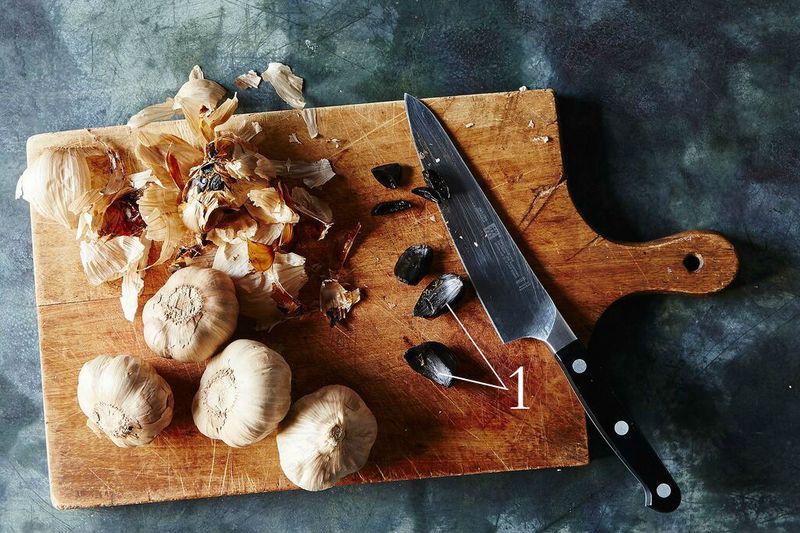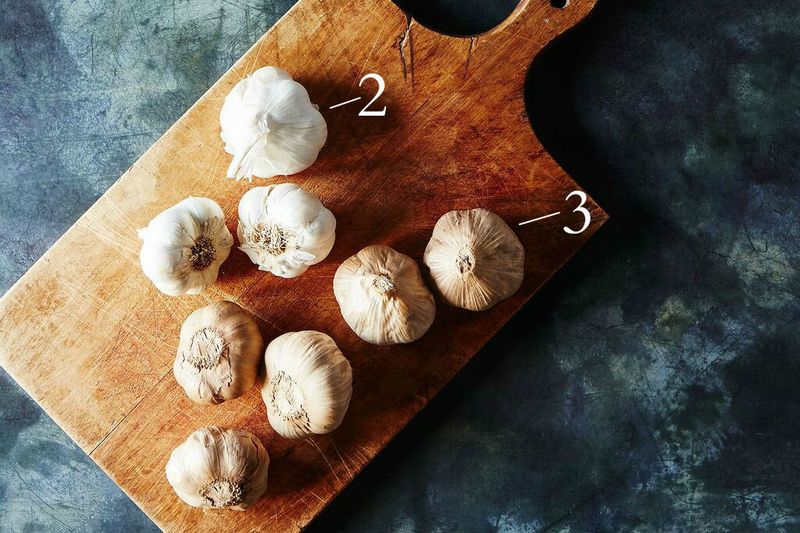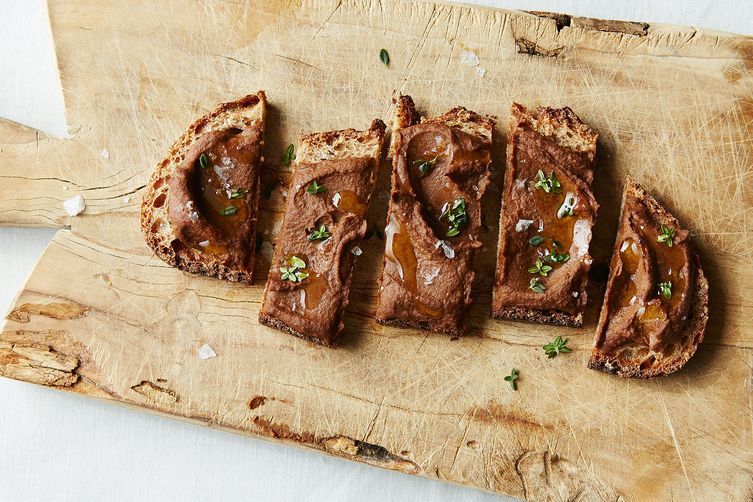Popular on Food52
13 Comments
carol
March 18, 2020
We've been making our own BG for about a year - besides just popping in my mouth like gummy bears or spread on toast- we love it on pizza with brie, roasted tomatoes, and topped with arugula.
Thom F.
February 12, 2019
I make black garlic. While the traditional method does take a month to produce, you can buy black garlic cookers for as little as $50. These produce 2 lbs every 9 days that are perfect. They can be frozen with no ill effects to the cloves. You can blend 5 heads with 1C of water and 1/2C of olive oil to make a mixture that can be added to salad dressing and added to rice while it is cooking. While it is "cooking", it will fill your house with a sweet garlic smell that some people will not like. I love it.
Hatt M.
October 26, 2015
shame, thought there'd be a recipe of how to blacken garlic at the bottom of the article.
Lindsay-Jean H.
October 27, 2015
There are a couple of links above that will walk you how to make black garlic in either a rice cooker, slow cooker, or dehydrator.
Thom F.
February 12, 2019
I tried rice cookers and they will not maintain the proper humidity levels. I also tried slow cookers but they will not maintain the proper temperature (74C) for long enough. Dehydrators dry them out.
PoopSandwich
February 4, 2021
When using a rice cooker I line the bottom with a tea towel to keep the garlic from burning, and seal the "bowl" of the rice cooker with foil and plastic wrap to maintain humidity. When using a dehydrator you will need to wrap the bulbs in foil, then plastic wrap, then foil again. OR you can simply vacuum seal the bulbs. I had the best results from the rice cooker as long as you rotate the bulbs every 7 days. This article said to cook the garlic for a month or more, but I have never needed more than 3 weeks of cook time. Some batches were done in as little as 12 days!
Bella B.
October 24, 2015
Black Garlic is something I haven't used before but I love all the ideas, it will be on my list of new ingredients for sure!
xoxoBella | http://xoxobella.com
xoxoBella | http://xoxobella.com
Donna
October 24, 2015
Take a look at my recipe for black garlic compound butter, it's a great way to add a boost of flavor to all sorts of foods.
Thom F.
February 12, 2019
Black garlic is highly nutritious and has many medicinal uses not the least of which is in the treatment of some cancers.
Terre
November 16, 2019
Yes..most likely.
I cook at 70°C for 10 days........but previously, in a slow cooker, it would have been hard by then.
Try a couple days less.....and/or add a small open container of water to up the humidity.
I cook at 70°C for 10 days........but previously, in a slow cooker, it would have been hard by then.
Try a couple days less.....and/or add a small open container of water to up the humidity.




See what other Food52 readers are saying.